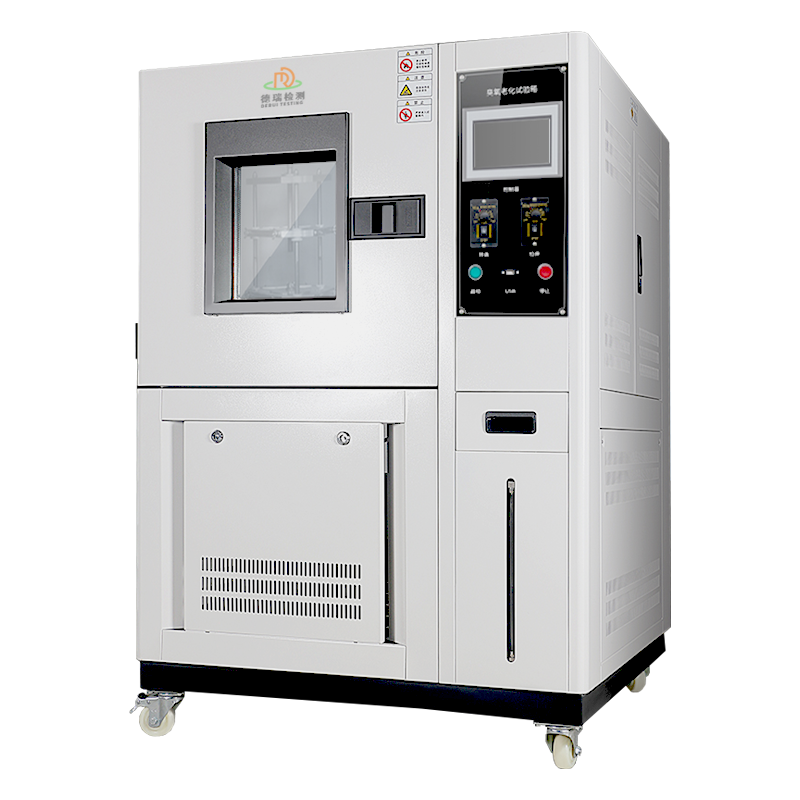
360 degree rotating sample holder ozone box
338005.0 INR/Unit
Product Details:
- Power Source Electric
- Condition New
- Usage Industrial
- Product Type ozone box
- Color White
- Surface Finish Painted
- Click to view more
X
360 degree rotating sample holder ozone box Price And Quantity
- 1 Unit
- 338005.0 INR/Unit
360 degree rotating sample holder ozone box Product Specifications
- New
- Painted
- Electric
- ozone box
- Industrial
- White
360 degree rotating sample holder ozone box Trade Information
- Cash in Advance (CID)
- 100 Unit Per Month
- 7 Days
- All India
Product Description
Standard Features
| Item | Specification |
| Internal dimension | 450W*450D*500Hmm (100L) |
| Temperature range | RT+10~ 60 (suggest to use 402) |
| Temperature Fluctuation | 1 |
| Ozone concentration | 50~1000 pphm, adjustable (suggest to use 50pphm) |
| Ozone concentration deviation | 10% |
| Sample holder rotation | 360 degree rotation |
| Sample holder | 2pcs removable sample tray, SUS#304 stainless steel |
| Temperature controller | Programmable touch screen controller |
| Ozone concentration analysis | Concentration analysis meter |
| Ozone generator | High pressure silence discharge type |
| Protection system | Leakage, short circuit, over temperature, over heat |
. The Scientific Nature of Dynamic Cycling: The Leap from Linear to Nonlinear
1. Limitations of Traditional Cyclic Testing
-
Timing curing: preset fixed temperature and humidity - ozone concentration cycling curve (e.g. ASTM D1149 standard cycle), unable to simulate the real environment random fluctuations;
-
Decoupling distortion: there is a time lag between ozone concentration changes and temperature and humidity adjustments (usually >30 seconds), leading to multifactor synergistic effect bias;
-
Data silos: cycling parameters and material response data are fragmented, making it impossible to optimize test paths in real time.
Technological leap forward goal:
Construct an intelligent cycling system with the ability of environment sensing - dynamic decision-making - instantaneous regulation, and realize quantum-level synchronization between ozone attack and material damage.
II. Dynamic ozone concentration field generation system
2.1 Superfluidic ozone transport technology
-
Microchannel matrix:
A MEMS process is used to fabricate honeycomb ozone microchannels (cell size 100 m 100 m) to achieve millisecond gradient distribution of ozone concentration from 0-2000 pphm;
Support spatially programmed concentration fields (e.g., 500 pphm on the surface/200 pphm inside) to simulate ozone penetration differences under heterogeneous structure of materials.
-
Dynamic gas mixing algorithms:
Real-time optimization of ozone/air mixing ratio based on Computational Fluid Dynamics (CFD) with concentration fluctuation accuracy 3pphm (@1000pphm).
2.2 Closed-loop adaptive control engine
-
Material response sensing:
Embedded fiber grating sensor array to monitor material strain, temperature, ozone penetration depth (spatial resolution 0.1mm);
Terahertz spectrometer to capture molecular chain break signals online (e.g. characteristic peaks of C=C bond breaks in NR rubber).
-
Intelligent decision modeling:
Reinforcement learning algorithm dynamically adjusts cyclic parameters based on real-time damage data (e.g., automatically triggers ozone concentration pulses to 1200 pphm when crack extension rate > 1 m/min is detected);
Generate asymmetric cycling curves (e.g. ozone concentration rise time < 1/5 of the fall time) to accelerate weak link failure.
III. Multi-physics field spatio-temporal coupling technique
3.1 Four-dimensional environmental loading matrix
Physical Field
Dynamic range
Switching speed
Synergy mode
Ozone concentration
0-2000pphm
<100ms
Non-linear coupling with temperature and humidity
Temperature
-70~+150
10/sec
Ozone adsorption coefficient with temperature dynamic compensation
Humidity
10%~98%RH
15%RH/sec
Condensation phase change triggers ozone dissolution attack
Mechanical Stress
Multi-axis vibration (0-2000Hz)
0.1ms response
Strain rate controlled ozone diffusion path
3.2 Quantum level synchronization control
-
Time crystal architecture:
FPGA-based time slicing technique to partition the 1-hour test into 3.6 10 10-s control cycles, each cycle independently performing environmental parameter calculations and actuator control;
Ozone concentration field refresh rate of 1 kHz, which exceeds the response speed of material molecular motion (rubber chain segment relaxation time 1 ms).
. Industry 4.0 Intelligent Testing Ecology
4.1 Digital twin generation
-
Material digital passport:
Integrate material genomic data (chemical structure, filler distribution, process history) to generate high fidelity digital twins;
Preview trillions of ozone molecule attack paths in virtual space to guide the optimization of test protocols for physical devices.
4.2 Autonomous Evolutionary Test Protocols
-
Swarm optimization algorithm:
Hundreds of devices are networked to share test data and discover the optimal cyclic parameter combinations through swarm intelligence;
Automatically generates customized test standards for special scenarios such as new energy vehicle seals and photovoltaic backsheets.
4.3 Zero Contact Arbitration System
-
Blockchain depository:
Real-time uploading of test process data (including raw sensor signals) to ensure military-grade data tamperability;
AI arbitrator automatically compares data differences between different labs and locates equipment calibration deviations (accuracy up to 0.5pphm).
Tell us about your requirement

Price:
Quantity
Select Unit
- 50
- 100
- 200
- 250
- 500
- 1000+
Additional detail
Mobile number
Email



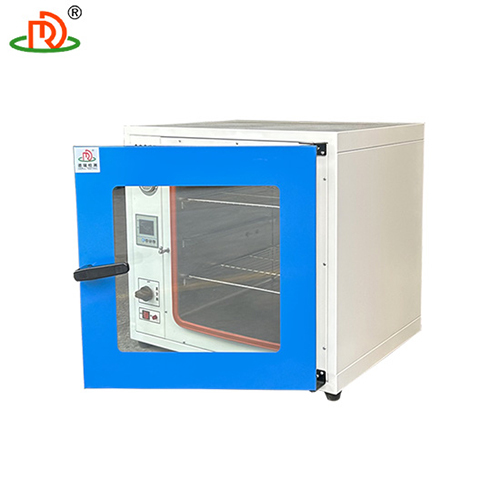
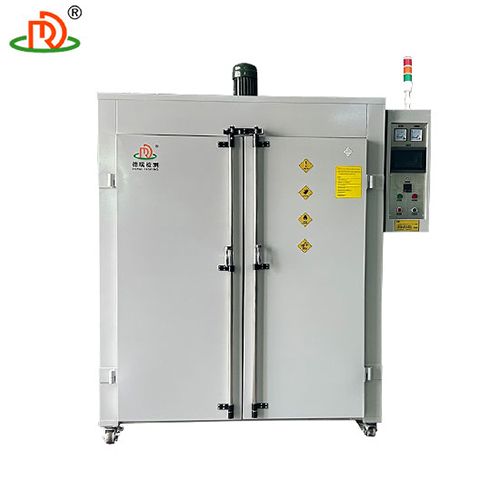
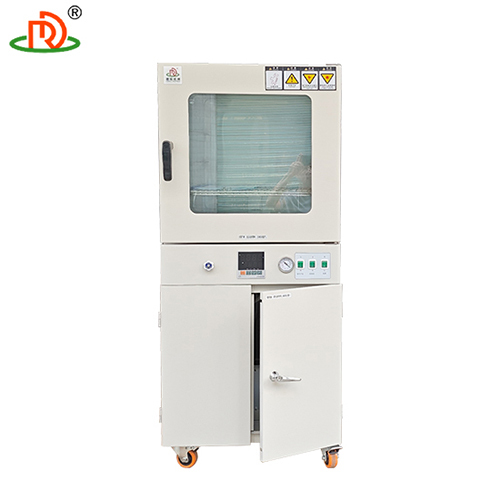
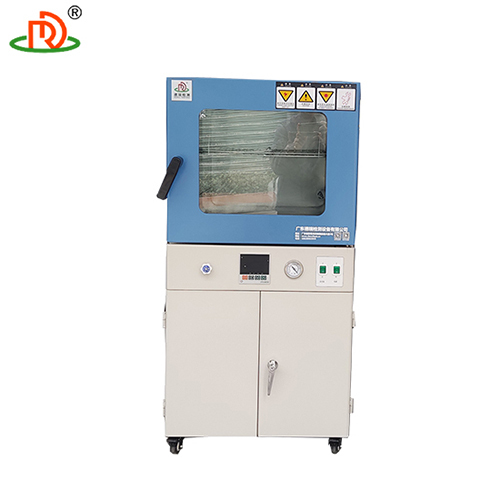

 English
English Spanish
Spanish French
French German
German Italian
Italian Chinese (Simplified)
Chinese (Simplified) Japanese
Japanese Korean
Korean Arabic
Arabic Portuguese
Portuguese